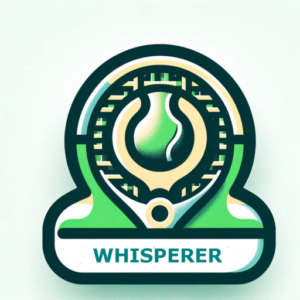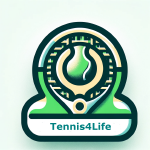Tennis Therapy Days
Tennis Therapy Days
Rest Is Good — But Active Recovery Might Be Even Better
A few years ago, I used to think rest days meant shutting everything down — no courts, no gym, no routines. Just pure, unapologetic laziness. And while there’s certainly value in that kind of full-stop recovery, especially after a brutal match or long tournament, I’ve learned there’s another approach that can often do more for your body and mind: active recovery.
These are what I now call Tennis Therapy Days.
They’re not about grinding. There are no sprints, no hitting baskets of serves, no drills. Instead, they’re about movement with purpose — slow, mindful, and restorative. Think of them as a bridge between the high-intensity work of your training blocks and the stillness of a rest day. A day where you let your body reboot, not shut down.
I first came across this approach after reading some performance science that changed my perspective. It turns out that light, low-impact activity — like a walk, an easy swim, or even a short stretch — can help your muscles recover faster than doing nothing at all. You increase circulation, reduce soreness, and return to training days with a sharper body and mind.
More importantly, these sessions do something else: they calm your mind without making you feel like you’re losing momentum.
On my Tennis Therapy Days, I might do 20–30 minutes of light footwork, a short bike ride, and end with some breathwork or visualization. It’s a chance to reconnect with my game in a quiet, non-competitive way — like tuning an instrument, rather than playing a full symphony.
The trick, though, is keeping it easy. Really easy.
That’s where most competitive athletes mess it up. We’re wired to push, to sweat, to make it count. But if you find yourself creeping into training intensity, you’ve missed the point. One coach told me, “Make your active recovery session as easy as you can stand.” That’s stuck with me ever since.
These sessions also help mentally. When you move — even slowly — it gives your mind something to engage with. I’ve found that I return from them not just physically better off, but mentally lighter. They reset my mindset without the inertia that sometimes follows a full rest day.
And here’s the thing: if you’re training regularly, chasing competitive results, or simply want to last in this game, you need to build recovery into your calendar with as much intent as you build in hitting or weights.
Because peak performance isn’t about grinding nonstop. It’s about knowing when to back off, how to recover well, and how to build resilience over time.
So next time your body’s aching and you’re tempted to hit pause, consider a Tennis Therapy Day. Not a workout. Not a rest. Something in between. Your muscles — and your game — will thank you.



